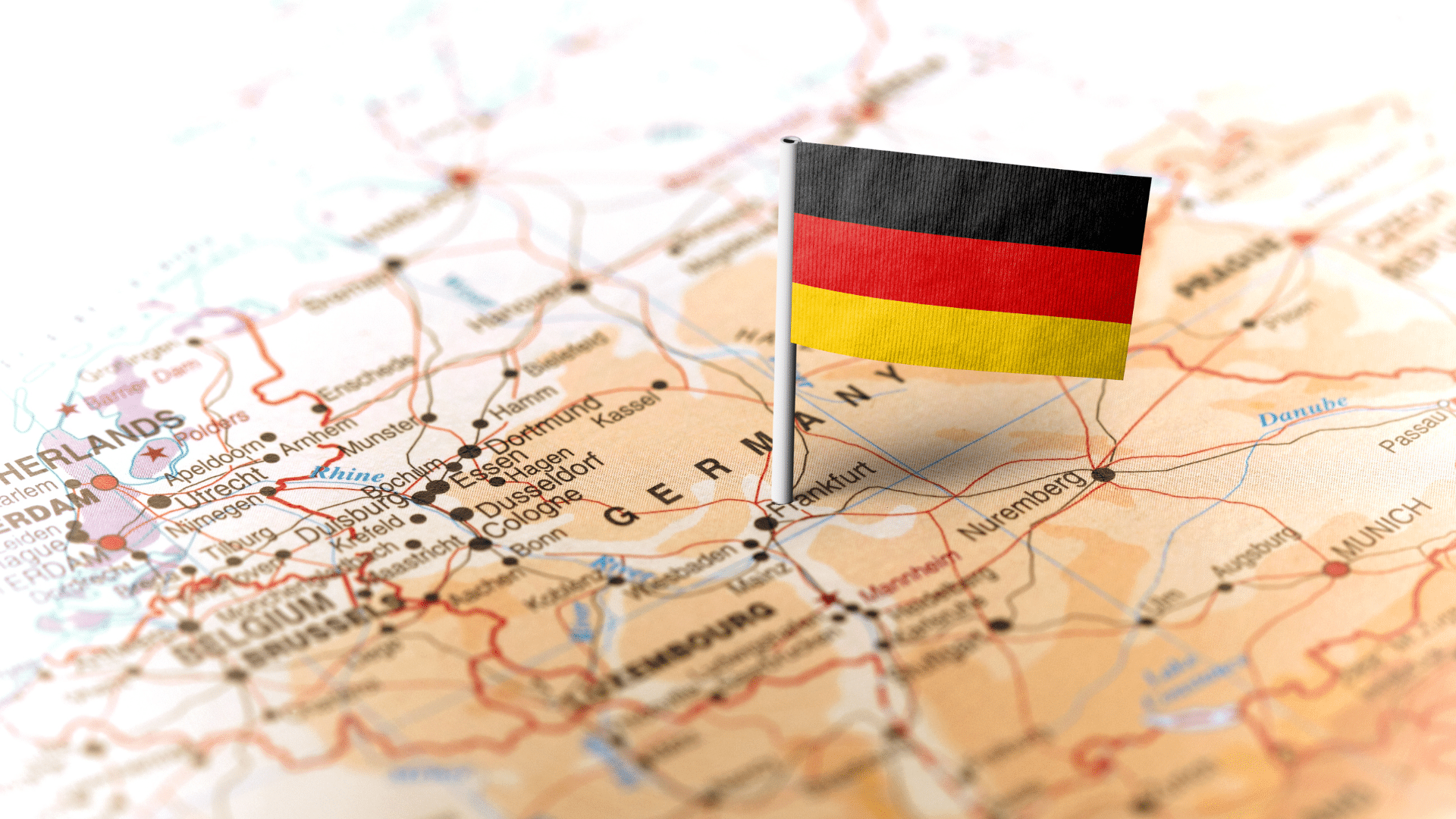
Germany map. INQUIRER FILES/STOCK IMAGE
Berlin, Germany — German exports and industrial production picked up in November, official data showed on Thursday, in a rare glimmer of hope for Europe’s largest economy.
Industrial production rose 1.5 percent in November on the previous month, the federal statistics agency Destatis said.
The figure was higher than the 0.5 percent increase expected by analysts consulted by the financial data firm FactSet.
Industrial output rose across a variety of sectors, with the production of heavy vehicles such as ships and trains and the energy sector leading the way with rises of 11.4 percent and 5.6 percent respectively.
READ: For German ‘sick leave detective’, business is booming
Production across all sectors, however, remained 2.8 percent below the level of November 2023.
German exports rose 2.1 percent in November, Destatis said, rebounding after a fall of 2.8 percent in October.
November’s total exports of 127.3 billion euros ($131 billion) were still 3.5 percent below the same month last year, Destatis said.
ING bank analyst Carsten Brzeski said the figures were not strong enough to indicate a “substantial recovery” in the German economy, adding that tariffs threatened by US President-elect Donald Trump signalled further trouble ahead.
“Manufacturing capacity utilization is at lows comparable only to those seen during the financial crisis and the initial lockdowns”, he said.
“This paints a rather unflattering picture of a nation known as an industrial powerhouse.”
German industry has been struggling with high energy prices, fierce Chinese competition and weak global demand.
Preliminary estimates for German GDP growth in 2024 released on January 15 could show that output has declined for two years in a row, after the economy shrunk 0.3 percent in 2023.